
Gibbon
Gibbon
Gibbon
Do you know the animal called 'gibbon'? Many people might know them from seeing them in zoos. They belong to the group known as 'apes', along with gorillas and chimpanzees, and are considered some of the closest relatives to humans. Let's explore more about these fascinating gibbons.
Gibbon Basic Infomation
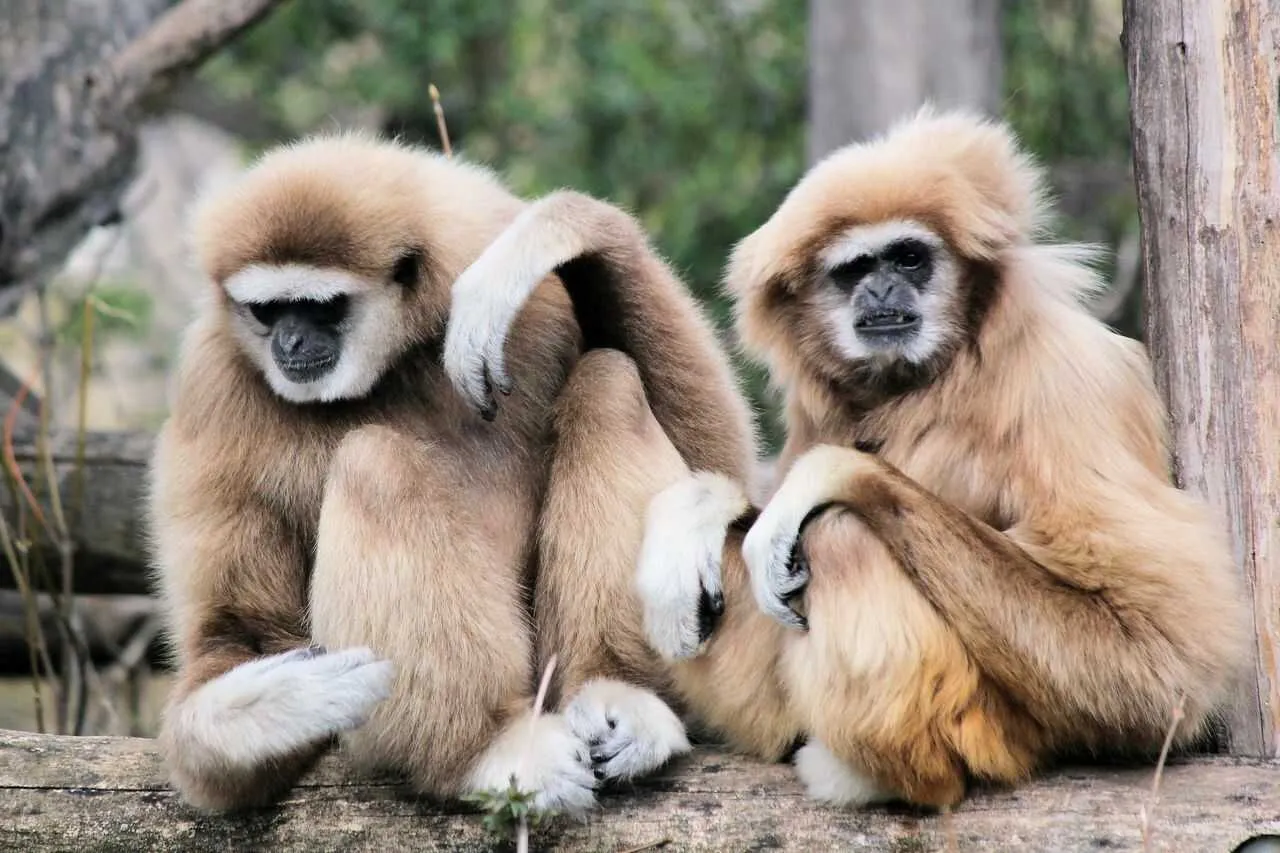
| Property | Value |
|---|---|
| Scientific Name | Hylobatidae |
| Taxonomic Status | Accepted |
| Rank | Family |
| Kingdom | Animal Kingdom (Animalia) |
| Phylum | Chordate (Chordata) |
| Class | Mammals (Mammalia) |
| Order | Primates (Primates) |
| Family | Gibbon Family (Hylobatidae) |
| Conservation Status | No specific threats are described, but they are susceptible to environmental changes and destruction. |
| Common Names | Gibbons, Lesser apes |
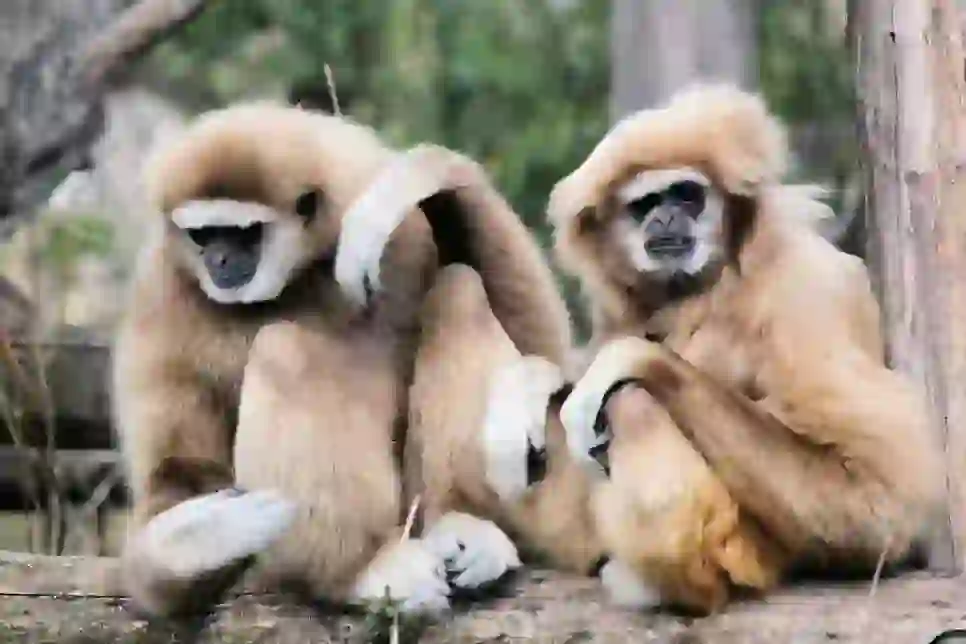
Basic Information
Class: Mammalia, Order: Primates, Superfamily: Hominoidea, Family: Hylobatidae
Body length: 45–90 cm
Weight: 5.5–10.5 kg
The term 'gibbon' is a general name for the Hylobatidae family, comprising many species. They are widely distributed from eastern India to southern China, inhabiting places like Bangladesh, Myanmar, Thailand, Malaysia, Indonesia, Cambodia, Vietnam, Laos, China, the Indochina Peninsula, the Malay Peninsula, Java Island, and Borneo.
As mentioned earlier, gibbons are known as 'apes,' while gorillas and orangutans are classified as 'great apes.' In contrast, gibbons are called 'lesser apes.'
Although 'monkey' is part of their name in Japanese, they are not monkeys but are classified as 'apes.' Gibbons are believed to have evolved into a separate species from humans 16 to 20 million years ago. They were the first among the apes to decide to 'live as gibbons and not as humans.'
As the name suggests, gibbons are characterized by their long arms in proportion to their body. Depending on the species, the length of their arms can be about 1.7 times that of their hind legs.
They have a 'callus' or 'sitting pad' on their rear, which serves as a cushion, allowing them to sit comfortably on any surface without discomfort.
Their fur comes in various colors, with some having white hands, feet, and around the face, while others are completely dark brown, black, or even yellowish.
Gibbon Q&A

What is the origin of the name 'Gibbon'?
The origin of the name 'gibbon' comes from the length of its arms. The Japanese kanji for gibbon, '手長猿' (tenaga-zaru), reflects this characteristic.
Certain species have names derived from their appearance. The 'White-handed Gibbon,' commonly seen in Japanese zoos, gets its name from its white hands. In kanji, it is written as '白手手長猿,' which has two '手' characters, making it a bit confusing.
The 'Siamang' species has a large pouch under its chin, hence its name. The 'Pileated Gibbon' derives its name from the unique appearance of females, who have a black hood-like pattern on their otherwise gray bodies.
In Latin, the scientific name for gibbons is 'Hylobates.' 'Hylo' means 'forest,' and 'bates' means 'one who moves or frequents,' indicating their forest habitat.

Why do gibbons live in those regions?
Gibbons primarily live in tropical rainforests. Depending on the species and location, they may inhabit forests, bamboo groves, wet forests, or areas with mud and marshes.
As seen in zoos, gibbons spend most of their time in the treetops. They use their long arms to swing from tree to tree, much like children on monkey bars in a playground. They can also jump distances of up to 10 meters, allowing for quick movement through the forest.
Gibbons are adept climbers, able to sit on high branches even in places where food sources are located as high as 23.7 meters above ground level.
They rarely walk on the ground, but when they do, they spread their arms to maintain balance. This might be due to the difference in length between their arms and legs.
Gibbons form social groups, but these are typically family units with a pair and their offspring. They alert each other to danger with loud calls, signaling the presence of threats.
However, gibbons are not fond of water and avoid swimming. They prefer to stay out of water, indicating a dislike for it.
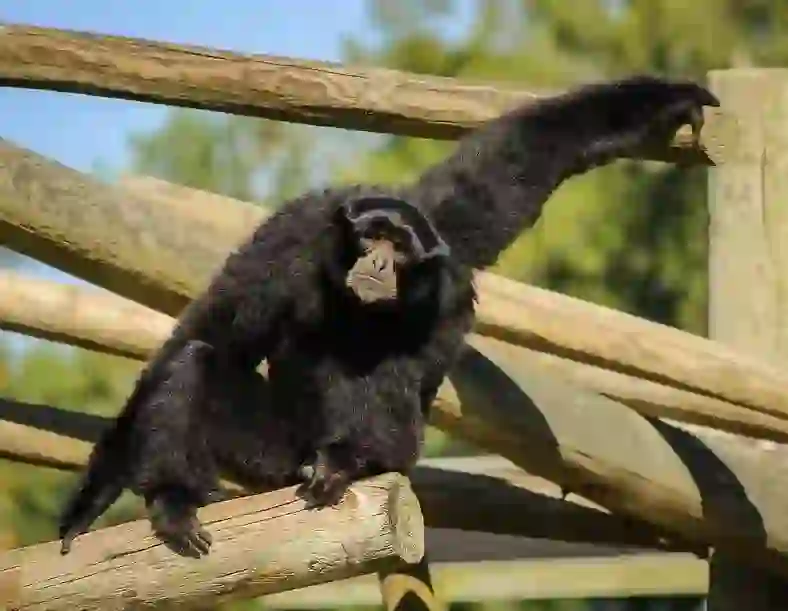
What do gibbons eat?
Gibbons primarily eat fruit, but they also consume nuts, leaves, flowers, stems, and buds. Insects like mantises and bees, small birds and their eggs, and small animals are also part of their diet. They tend to eat different foods depending on the season. During summer, when fruits are abundant, they focus on fruit, but during winter, when fruit is scarce, they rely on other food sources.
In zoos, gibbons eat fruits and other items like sweet potatoes, cabbage, lettuce, and Chinese cabbage. They can eat over 100 types of plants, allowing them to adapt to different environments.
When gibbons eat fruit, they often swallow the seeds, which later pass through their droppings, potentially leading to new plant growth. In this way, gibbons contribute to the regeneration of forests.
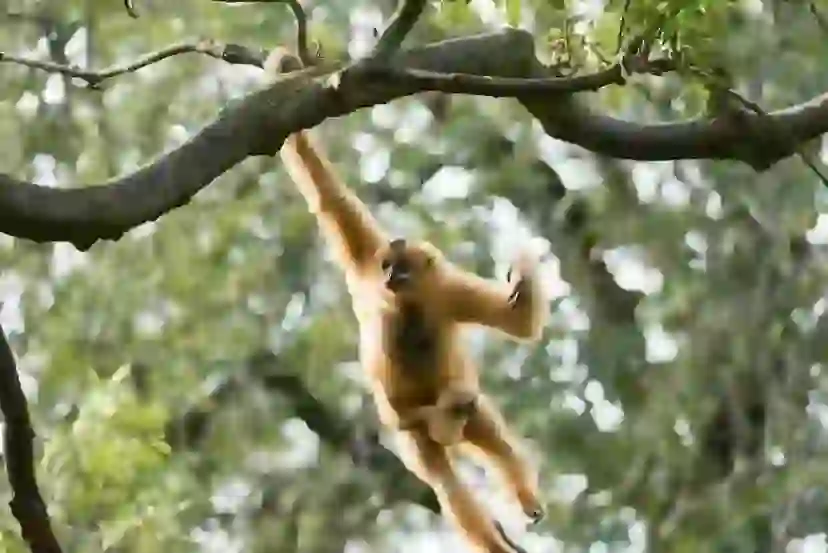
How do gibbons reproduce?
Gibbons generally form monogamous pairs, staying together for life. Occasionally, polygyny or polyandry can occur, but they typically consist of one male and one female.
If a partner dies, abandons, or is taken away, the gibbon will find a new partner.
The gestation period for gibbons is about 7 months, and they typically give birth to one offspring during the rainy-to-dry season transition between September and October. The interval between births is 2 to 3 years. While humans generally carry for 10 months, gibbons give birth a bit earlier.
Usually, the mother takes care of the infant, but fathers and older siblings also participate. Infants begin to eat solid food around 4 months of age, similar to the introduction of solid food for human babies.
Gibbons usually cling to their mothers, but by 9 months, they can swing through trees on their own, imitating their parents and siblings.
Gibbons are recognized as adults at age 6, and by age 8, they leave their family group to find a partner and create their own family. If they have not left by age 8, their father will prompt them to leave.
To ensure reproductive success, gibbons must find a partner and become independent by age 8.

Is it true that gibbons sing songs of love?
Gibbons often engage in duets between males and females, a form of communication to establish territory, strengthen bonds, and maintain relationships.
Depending on the species, duets involve different tones and parts. In the White-handed Gibbon, the female begins with a high note called the 'great call,' followed by the male's 'coda.'
The female leads with a high-pitched first verse, while the male joins in with a lower second verse, akin to a duet.
These duets can occur 2 to 5 times a day depending on species and circumstances. At territory boundaries, the duet can last up to 35 minutes, signaling warnings or alerts to other groups. The harmonious voices create a melodious sound that resonates through the forest.

Is it true that gibbons are depicted in paintings?
Gibbons have long been part of folklore and art. A notable Buddhist text, 'Mahasanghika Vinaya,' includes the story of 'The Monkey and the Moon,' where the word 'monkey' refers to gibbons.
In the story, 500 gibbons lived in a tree above a well. The reflection of the moon in the well prompted the leader to suggest they save the moon by forming a human chain from the tree to the water. However, as they reached out, the branch broke, causing them to fall into the well and die. The moral of the story is that attempting something beyond one's capability can lead to disaster.
This story has been depicted in art, including ink paintings and ceramic bowls, with gibbons accurately portrayed with long arms.
The depiction of gibbons in religious texts and art suggests that they have long been recognized and respected by humans.

Are gibbons classified as endangered species?
All species of gibbons are classified as endangered, with some considered the most critically endangered mammals on Earth. Why have their numbers declined so much?
The primary cause is deforestation, where their tropical rainforest habitats are destroyed to make way for roads, large-scale agriculture, buildings, and dams, as well as for resources like paper and palm oil.
When lowland forests are destroyed, gibbons are forced into higher elevations, where food resources are limited. This has resulted in the loss of vast forest areas, with continued deforestation.
Gibbons have historically been hunted for pets and even food in some cultures. Traditional Chinese medicine has also used gibbons as ingredients, leading to illegal poaching and hunting.
To raise awareness, October 24 has been designated 'International Gibbon Day.' Conservation efforts include protected areas, monitoring for poaching, and reforestation initiatives.
It's not just a distant problem. Humans, through their consumption and use of forest-derived products, also play a role in deforestation. By considering these impacts, we can help protect gibbons and their habitats.
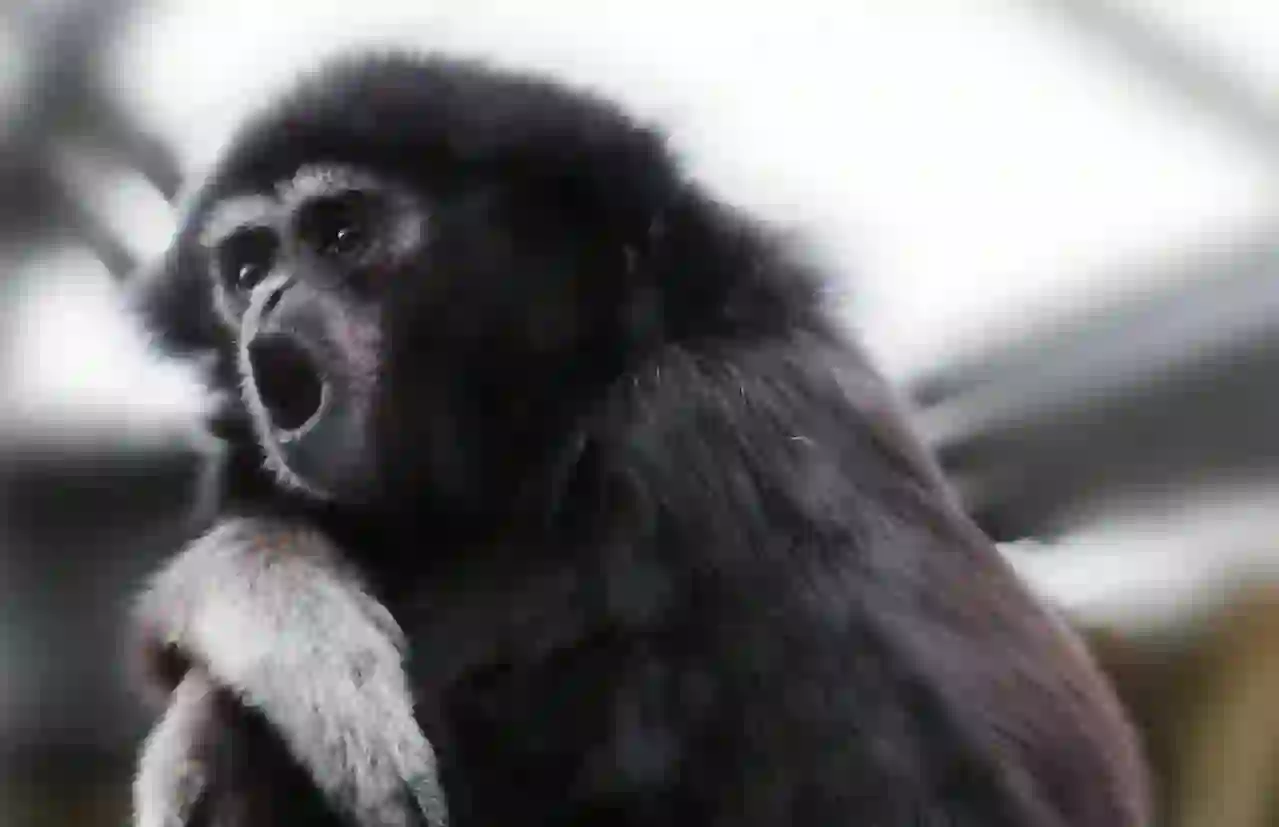
Can gibbons be found in Japan?
Gibbons are not found in the wild in Japan but are commonly seen in zoos. In the wild, their lifespan ranges from 16 to 25 years, while in captivity, they can live 30 to 40 years due to consistent food sources and protection from predators.
Here are some of the Japanese zoos where you can find gibbons:
White-handed Gibbons: Ueno Zoo (Tokyo), Fukuoka City Zoo (Fukuoka), Kanazawa Zoo (Yokohama), Maruyama Zoo (Sapporo), Asahiyama Zoo (Asahikawa), Kushiro City Zoo, Tokiwa Zoo (Yamaguchi), Kyoto City Zoo (Kyoto), Oji Zoo (Hyogo).
Siamangs: Chiba Zoological Park, Higashiyama Zoo (Nagoya), Tennoji Zoo (Osaka), Itozu-no-Mori Park (Fukuoka).
The best way to understand these animals is to visit them in person. Seeing them in their environment provides a unique perspective.

Would you like to become a part of the 'Animalbook.jp'?
Turn your knowledge into Q&A and share it with the world. ※Publication will be activated after purchase. Let's share information together!
Gibbon Type of List

All species of gibbons are classified as endangered. Below are the types of gibbons along with their conservation status on the Red List.
- [Genus Hoolock]
- Western Hoolock Gibbon: Endangered (IUCN Red List Category: EN)
- Eastern Hoolock Gibbon: Vulnerable (IUCN Red List Category: VU)
- [Genus Hylobates]
- Agile Gibbon: Endangered (IUCN Red List Category: EN)
- Bornean White-bearded Gibbon: Endangered (IUCN Red List Category: EN)
- Black-handed Gibbon: Endangered (IUCN Red List Category: EN)
- White-handed Gibbon: Endangered (IUCN Red List Category: EN)
- Wou Wou Gibbon: Endangered (IUCN Red List Category: EN)
- Müller's Gibbon: Endangered (IUCN Red List Category: EN)
- Pileated Gibbon: Endangered (IUCN Red List Category: EN)
- [Genus Nomascus]
- Crowned Gibbon: Critically Endangered (IUCN Red List Category: CR)
- Yellow-cheeked Gibbon: Endangered (IUCN Red List Category: EN)
- Hainan Gibbon: Critically Endangered (IUCN Red List Category: CR)
- Northern White-cheeked Gibbon: Critically Endangered (IUCN Red List Category: CR)
- Cao Vit Gibbon: Critically Endangered (IUCN Red List Category: CR)
- Southern White-cheeked Gibbon: Critically Endangered (IUCN Red List Category: CR)
- [Genus Symphalangus]
- Siamang: Endangered (IUCN Red List Category: EN)
Information
Congratulations! You are the first commenter!

Create Your Favorite List!
Gibbon
Save the animals you love! Build your own list to quickly revisit your favorites later.

Would you like to leave a comment?
※Please note: This is for the purchase of rights to post comments within the article.
Find Your Favorites!
Our shop offers a unique and attractive selection of goods themed around various animals.
Gibbon References
Gibbon Introduction of media used
出典:pixabay.com

出典:unsplash.com

出典:pixabay.com

出典:pixabay.com

出典:unsplash.com

出典:pexels.com
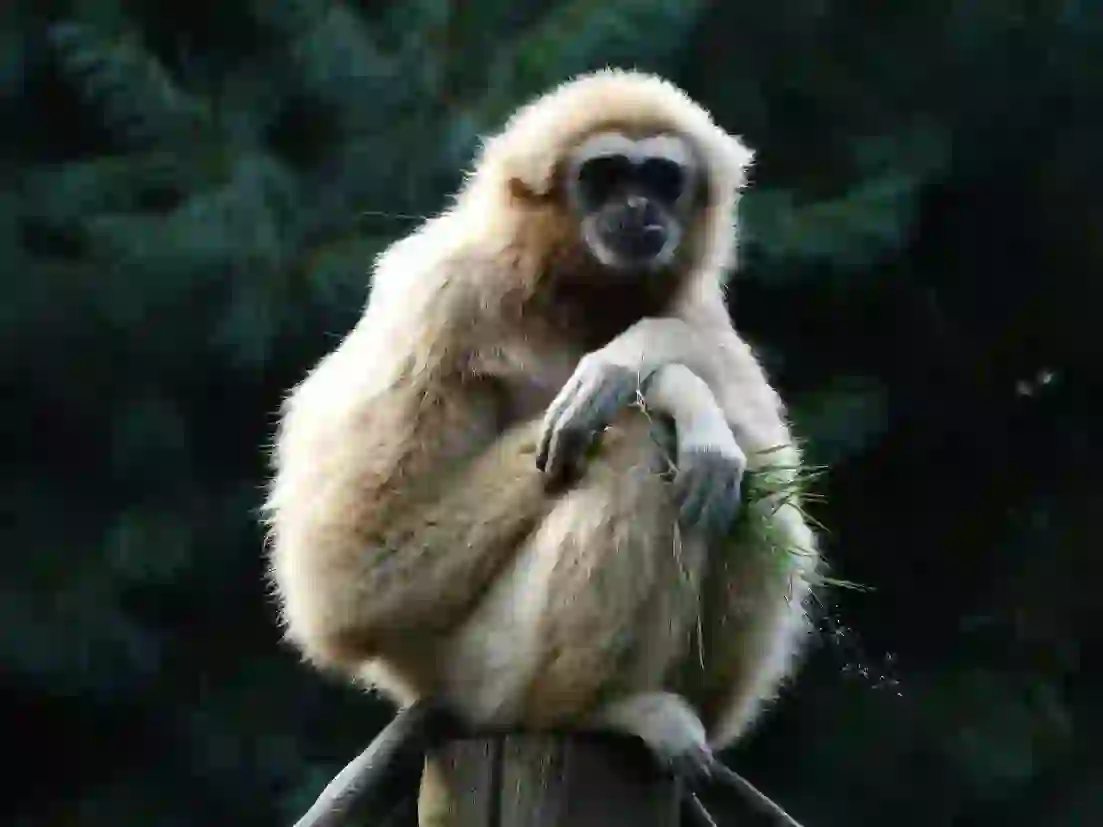
出典:pixabay.com

出典:unsplash.com

出典:pixabay.com

other
出典:commons.wikimedia.org
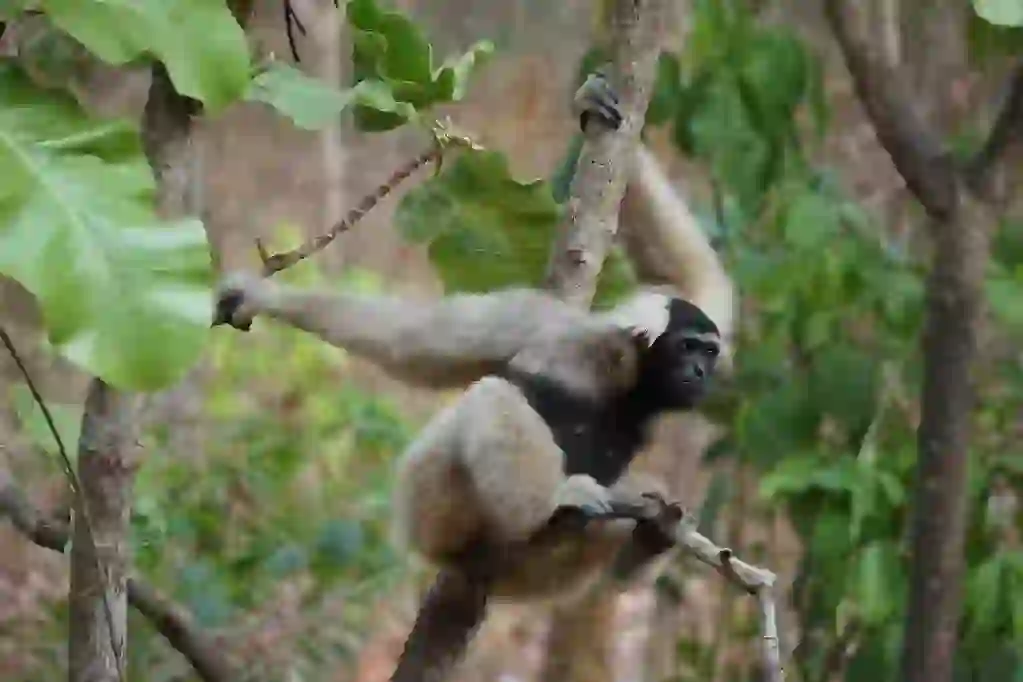
出典:pexels.com
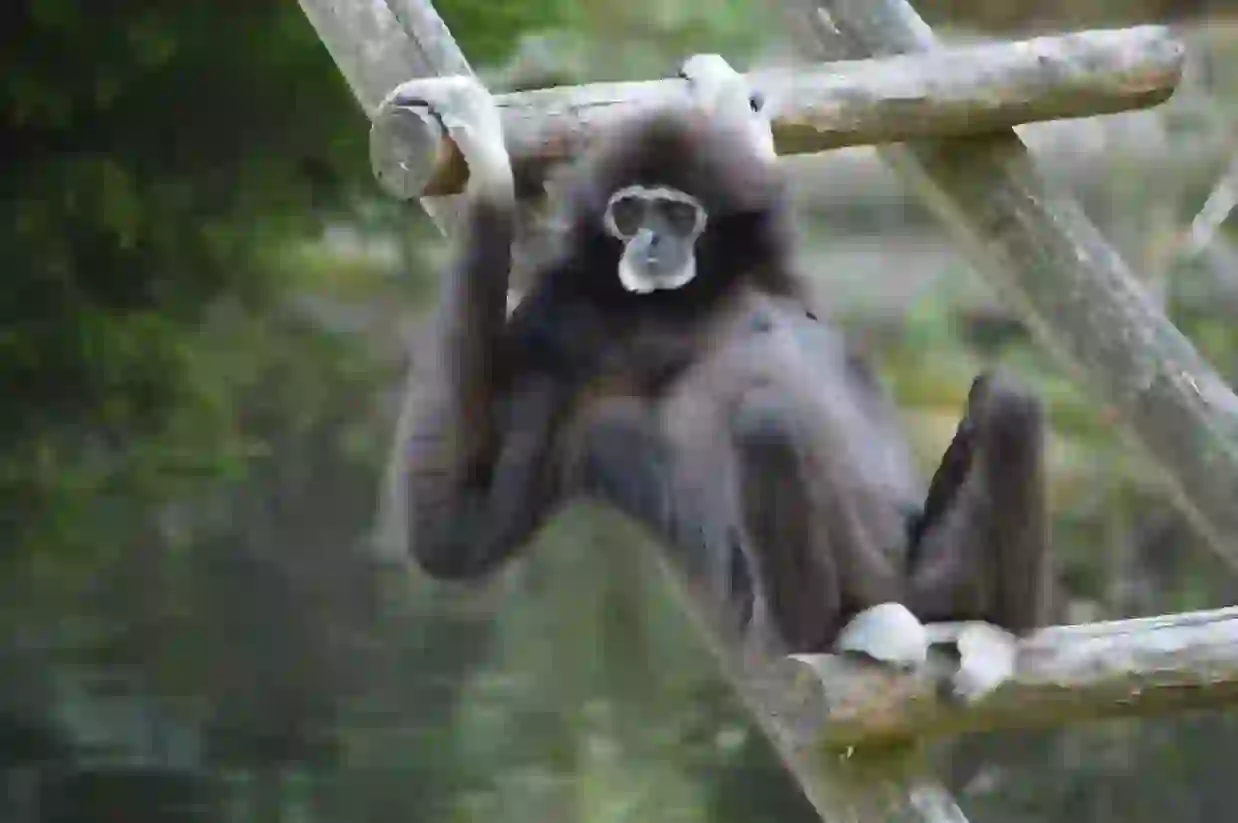
出典:pixabay.com
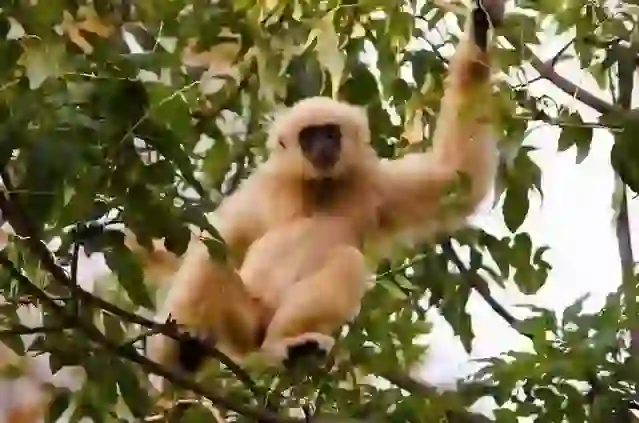
出典:pixabay.com

Help Enrich Our Animalbook.jp with Your Media!
We are constantly looking to expand and enrich our Animalbook.jp with amazing photos and videos of animals. If you have any media that you'd like to share, please contribute and help us showcase the beauty and diversity of the animal kingdom. Your submissions will be credited and featured in our encyclopedia, reaching a wide audience of animal lovers.


















